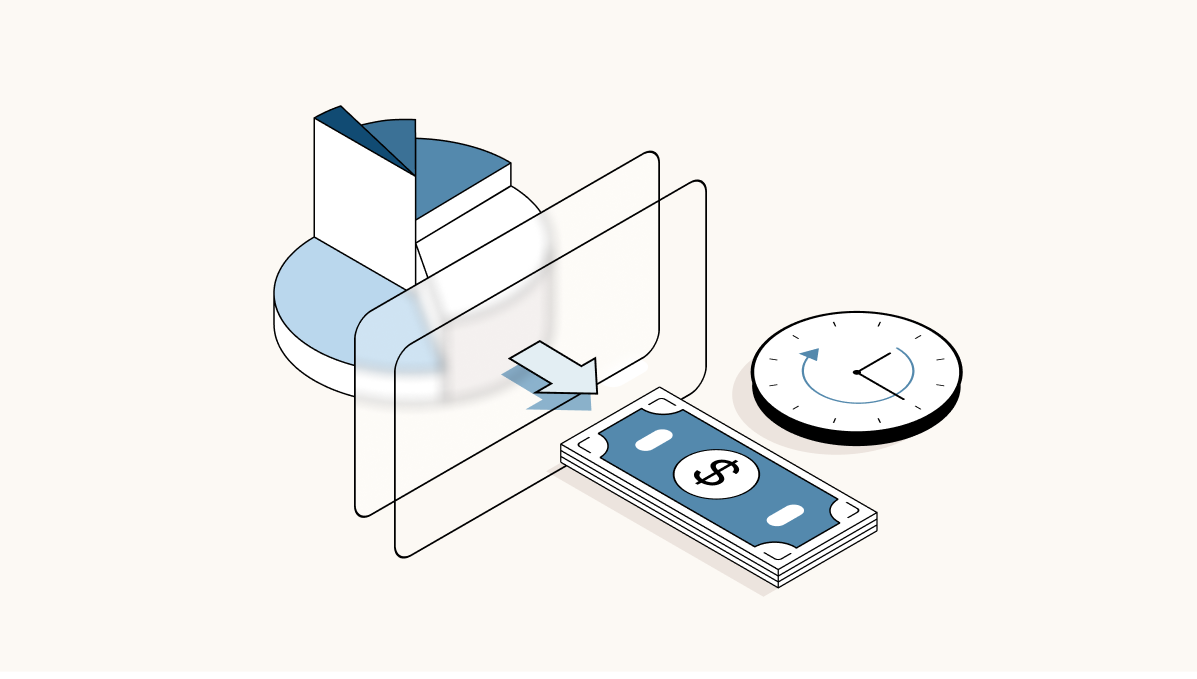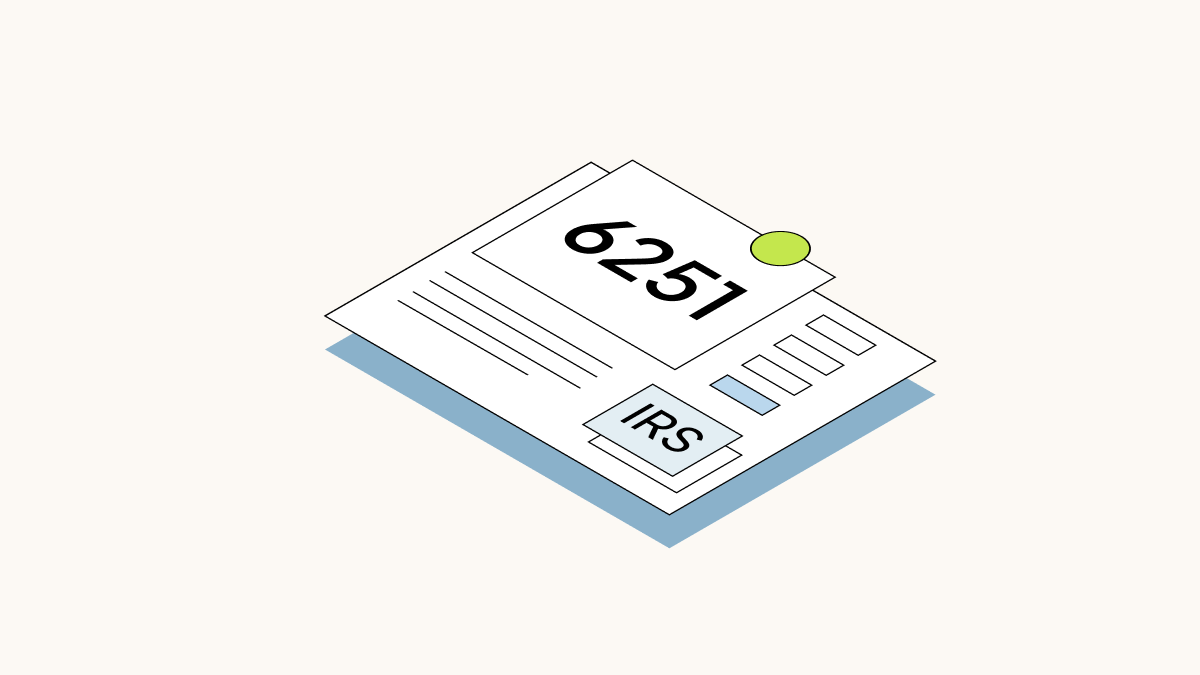What does it mean to exercise stock options?
Exercising stock options means you’re purchasing shares of a company’s stock at a set price. If you decide to exercise your stock options, you’ll own a piece of the company. Owning stock options is not the same as owning shares outright.
Stock options are the right to buy shares of company stock at a fixed price defined in your option grant (also known as the strike price, exercise price, or grant price). The strike price is usually equivalent to the fair market value (FMV) of the shares at the time you’re granted your options.
When you exercise stock options, you’re hoping for the value of the shares to increase so you can sell them for (much) more than you paid. That’s the potential positive outcome—the potential negative outcome is that the value of your shares aren’t worth anything.
How to exercise stock options
Depending on your company, there may be a variety of ways you can exercise your stock options:
-
Pay cash (exercise and hold): You use your own money to buy your shares and keep all of them. This is the riskiest method because you’re not guaranteed to make a profit (or even get your money back). Plus, your money is tied up in your shares until you sell. However, it could pay off if your shares end up being worth a lot.
-
Cashless (exercise and sell to cover): If your company is public or offering a tender offer, they may allow you to simultaneously exercise your stock options and sell enough of your shares to cover the purchase price and applicable fees and taxes. You can do whatever you want with the remaining shares—keep the rest or sell some.
-
Cashless (exercise and sell): If your company is public or offering a tender offer, they may allow you to exercise and sell all of your options in one transaction. Some of the money from the sale covers the purchase price plus applicable fees and taxes, and you pocket the rest of the money.
If your company uses Carta to issue securities, learn how to exercise your stock options here.
When to exercise stock options
Exercising stock options can have a very real (and potentially large) impact on your taxes, so we recommend speaking to a tax advisor before purchasing any options. Companies usually won’t allow you to exercise your stock options right away. Instead, you may have to stay at the company for a certain amount of time (usually at least a year) and/or hit a milestone.
Exercising stock options after vesting
The process of earning the right to exercise is called vesting. You can usually only exercise vested stock options. After you hit your vesting cliff (that waiting period mentioned earlier), you should be able to exercise your vested options whenever you want (as long as you remain employed).
Exercising stock options when you leave the company
After you leave your job, most companies have a 90-day post-termination exercise period (PTE or PTEP) when you can still purchase your shares.
After that, you can no longer exercise your options—they’ll go back into your company’s employee option pool. Some companies offer more generous PTE periods, some for as long as you worked at the company.
Exercising stock options early
Some companies will allow you to exercise options early before your options vest. If your company allows this, you can exercise your options as soon as you get your option grant, but they will continue to vest according to the original schedule.
Benefits of exercising options early
-
Favorable tax treatment for ISOs: In order to qualify, you need to keep your shares for at least two years after the option grant date and one year after exercising.
-
Lower holding time for NSOs: Early exercising of options helps start your holding period sooner so you may pay the lower long-term capital gains tax when you sell.
-
You likely won’t owe additional taxes: If you early exercise your options as soon as they’re granted (at the time of exercise), you’re buying them at FMV. This assumes there’s no spread between what the stock is currently worth and how much you paid.
Note: you must file an 83(b) election within 30 days of exercising to take advantage of this potentially favorable tax treatment. If you miss this deadline, there could be serious ramifications.
Risks of exercising options early
-
You have to use your own money: When exercising options early, you can’t sell some of your stock to pay for your shares.
-
There’s no guarantee that your shares will increase in value: By waiting for the usual one-year vesting cliff, you may get a better idea of whether you should purchase your options or not.
Keep in mind that if your option grant is early exercisable, you may trigger the $100K rule. This prevents you from treating more than $100K of the full value of your grant as incentive stock options (ISO) in the year you receive your grant. The value of your option grant above that amount is treated as non-qualified stock options (NSO) for tax purposes.
Also, if you leave your company after early exercising but before your stock vests, your option grant usually gives the company the right to repurchase your early-exercised but unvested stock.
Should I exercise my stock options?
While exercising your stock options could pay off in the long run, it’s not a guaranteed way to make money. You should consult a tax advisor before exercising, and ask yourself:
-
Can you? Remember: Unless your company allows early exercising, you can only exercise options that have vested. And if your company isn’t public yet, you’ll need the money to purchase them.
-
Are your options in the money or underwater? If they’re currently underwater (worth less than your exercise price), it may not make sense to exercise right now.
-
How is the company doing? Do you think the value of your company’s stock will rise or fall in the future? Beware of familiarity bias—overestimating the value of the stock because you’re familiar with the company. Has the fair market value risen over time? What are the general market conditions?
-
Can you sell your shares after exercising? If your company is private and isn’t likely to offer any tender offers or IPO soon, exercising your options is inherently risky—you’re paying cash for shares that may never become liquid.
-
Can you afford the taxes? Depending on your situation (what type of options you have, how many you were granted, how much income you make, etc.), you may have to pay taxes, such as the alternative minimum tax (AMT), when you exercise.
Stock option tax implications
|
Action |
ISO tax implication |
NSO tax implication |
|
Your company gives you an option grant |
No tax implication |
No tax implication |
|
Your options vest |
No tax implication |
No tax implication |
|
You exercise your options |
No taxes due when you exercise, but AMT is likely |
Ordinary income tax is likely |
→ Learn more about how stock options are taxed.
When should I sell my shares?
After you exercise your options, it can be hard to know when to sell. A lot of your decision will come down to your specific situation—again, you should talk to a tax advisor before exercising or selling. But it usually boils down to a few options:
-
Exercise and sell right away for a guaranteed profit but probably higher taxes
-
Hold on to them for at least a year for a potentially bigger profit (or loss) and lower taxes
-
Exercise and sell within a year (which usually results in the most expensive taxes)
If you want to maximize your profit, talk to a tax advisor before exercising and selling. While advisors can’t predict how your company’s stock will do in the future, they could help you figure out your options (pun intended) and suggest ways to minimize your tax liability.




